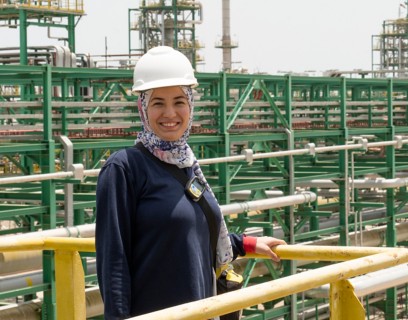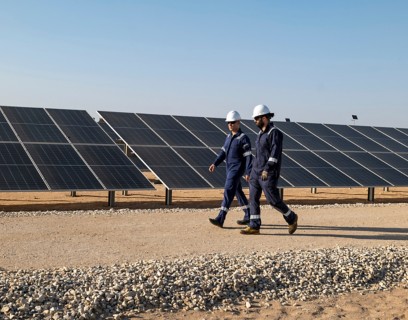- GLOBAL GAS & LNG
- NATURAL RESOURCES
MyEni Login
Eni's latest statistical report concerning 2022 highlights the importance of diversifying energy sources to ensure security of supply and support the energy transition.
San Donato Milanese (Milan), October 6, 2023 - Eni has published the 22nd edition of the World Energy Review 2023 (WER), its global energy statistics report, now available in a new interactive format on eni.com.
The disruptive events weighing on the energy sector in 2022 – whose main trends are shown in the WER tables – highlight the need to broaden future prospects and pursue diversified solutions supporting a sustainable, secure, and equitable transition.
In 2022, global primary energy consumption grew at a rate of almost 1% with respect to the previous year confirming trends seen in recent decades, with fossil fuels still accounting for about 80% of the total energy mix. Prices of major energy commodities were affected by the war in Ukraine across all markets, with different degrees of impact depending on the specificities of each and local dependence on Russian supplies.
In keeping with this scenario of sweeping change, the World Energy Review, now at its 22nd edition, dedicates significant space to strategic topics such as natural gas and critical minerals, which are crucial to the energy transition.
Below are the key messages from the analysis:
- In the oil sector, tensions due to a decade of lower investments and the war in Ukraine brought Brent's annual average in 2022 to 101.2 $/b, 43% higher than in 2021. Against this backdrop, demand continues to increase (+2.2 Mb/d), reaching 100 Mb/d and almost completely recovering pandemic-related losses (-0.7% compared to 2019). Global oil production increased by 4.3 Mb/d, with growth concentrated in the Gulf OPEC countries due to the unwinding of 2020 production cuts. Net refining capacity returned to growth in 2022 thanks to new projects in the Middle East and China amounting to slightly under 2 Mb/d.
- Gas prices rose significantly with direct effects on downstream commodities, and especially electricity. Europe compensated for the shortfall in pipeline imports from Russia mainly by attracting additional LNG volumes, albeit at higher prices. Global gas demand in 2022 fell by more than 1%, after a 2021 post-pandemic rebound (about 5%) with divergent dynamics on a global scale: a sharp slowdown in Europe, Russia, and Asia, only partially offset by growth in the United States and the Middle East.
- Renewable installations have been growing exponentially in recent years. However, solar and wind contributed just above 10% to the electricity mix, compared with more than 60% generated by fossil sources.
- Critical minerals play a key role in some essential transition technologies. As a result, production for most critical minerals grew significantly, reflecting an increase in demand. Nickel and lithium registered the largest increase (over 20%).
WER – a reference point for the energy industry – is the world energy statistics report edited by Eni. It is published in two editions: the first one in July includes a preview of key variables for the oil and gas sector, as well as statistics on renewables and critical materials. The second one in October contains the full reporting on all variables.
Switchboard
Don't miss a single update
Sign up to our newsletter and activate your e-mail alert to discover the insights from the world of Eni
Privacy Policy
I, the undersigned, state that I have read the eni.com Privacy Policy.
Processing of personal data
Eni S.p.A., as the Processing Owner, informs users that their personal data will be processed in accordance with the provisions envisaged in REGULATION (EU) 2016/679 ("GDPR") with the methods and for the purposes indicated in the Privacy Policy. I, the undersigned, state that I consent to the processing of my data for:
Eni.com is a digitally designed platform that offers an immediate overview of Eni's activities. It addresses everyone, recounting in a transparent and accessible way the values, commitment and perspectives of a global technology company for the energy transition.
Discover our mission


















